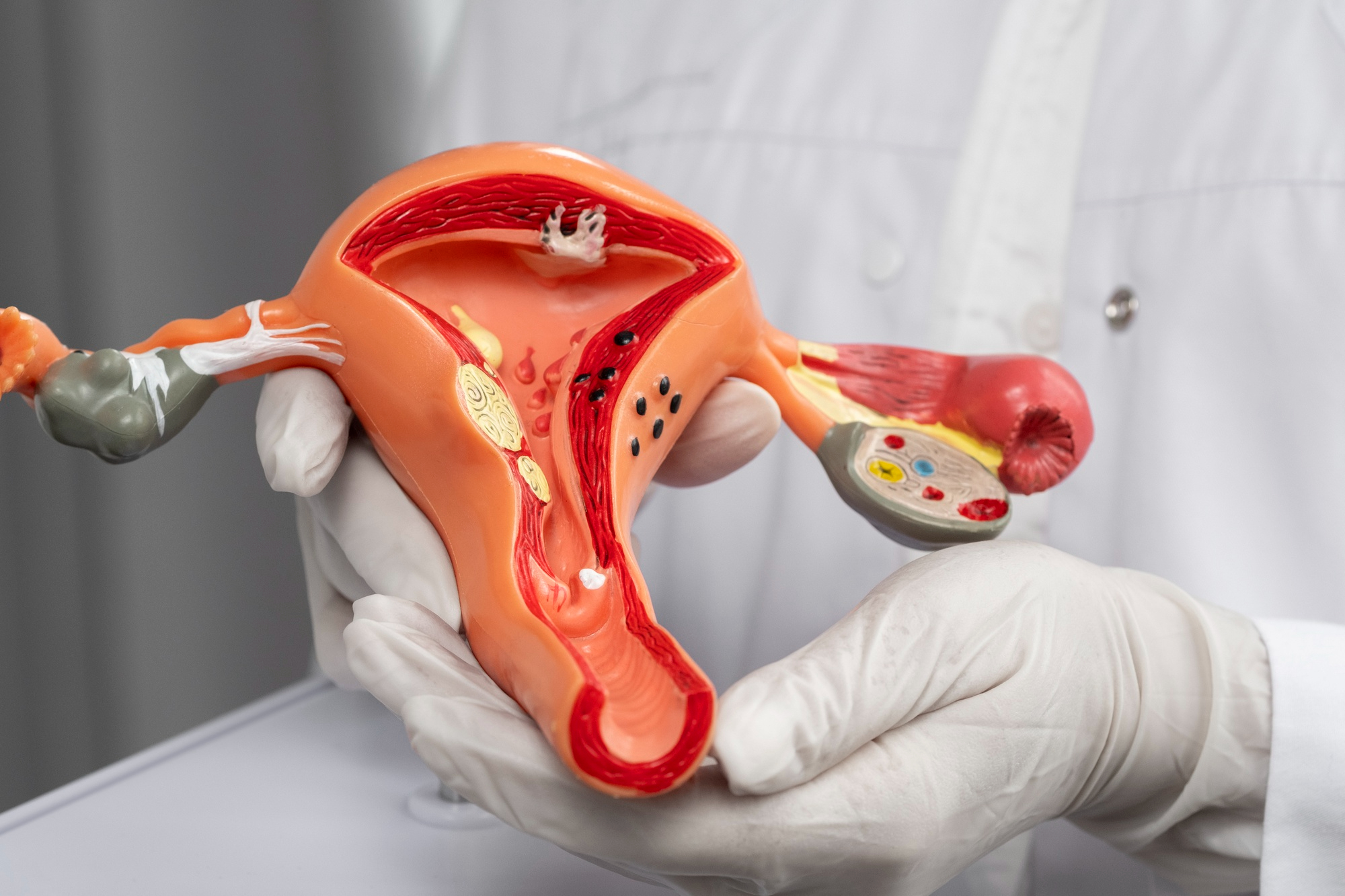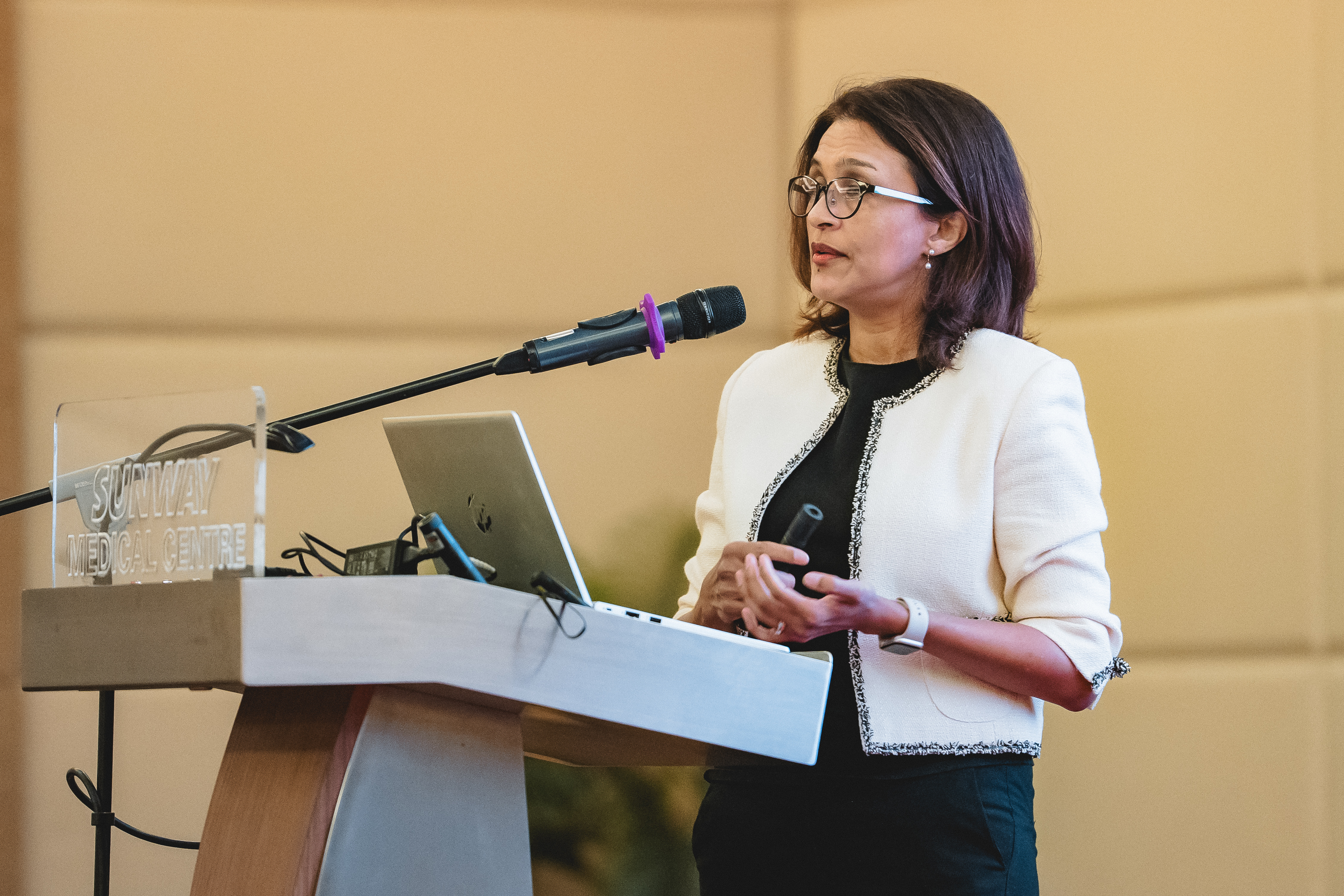Understanding And Treating Gynaecological Tumours In Children And Adolescents
25 September 2025

Gynaecological tumours in children and adolescents are often overlooked in Malaysia. Though rare, ovarian tumours present complex diagnostic, emotional, and treatment challenges for young patients, families, and health care providers.
The Malaysian Society of Paediatric Haematology and Oncology estimates an incidence of about 77.4 per million children under 15, with cancers that differ markedly from those found in adults and respond differently to treatment.
 According to Dr Shona Alison Edmonds, consultant paediatric surgeon at Sunway Medical Centre (SMC), early awareness and a multidisciplinary approach are key to improving outcomes and preserving the future quality of life for affected children.
According to Dr Shona Alison Edmonds, consultant paediatric surgeon at Sunway Medical Centre (SMC), early awareness and a multidisciplinary approach are key to improving outcomes and preserving the future quality of life for affected children.
Recognising The Overlooked Symptoms That Parents Often Miss
Dr Edmonds and her team estimate they see about five paediatric gynaecological tumour cases annually. Though rare, their impact is significant.
Most patients are infants to teenagers, with ovarian tumours being most common. Some present with acute pain needing emergency care, but many show subtle signs that can go unnoticed for weeks or months, especially in girls without prior gynaecological issues.
“Chronic constipation in a previously regular child should raise concern, especially if unresponsive to laxatives or diet,” said Dr Edmonds. Frequent urination without a UTI is another warning sign, possibly indicating pelvic mass pressure.
Abdominal bloating is another key but often overlooked symptom. “Parents or the child might notice vague fullness, hardness, or swelling,” she noted. “Sometimes, the child feels a lump or discomfort that’s hard to explain.”
These subtle signs warrant further investigation, usually starting with a simple ultrasound.
Breaking Myths, Avoiding Delays
A major barrier to timely diagnosis is lack of awareness among the public and medical practitioners.
“There’s a misconception that children don’t get gynaecological tumours, especially prepubertal girls. When teenagers show symptoms, it’s often misattributed to infections or sexual activity, delaying proper intervention,” said Dr Edmonds.
She highlights systemic delays: patient-related, like fear of negative news or seeking alternative treatments, and physician-related, where GPs and some paediatricians may not know the correct referral pathway.
A child with a suspected tumour should be seen and managed primarily by a paediatric oncologist.
Beyond The Tumour: Preserving The Child’s Future
“While fertility preservation is important, it must never come at the expense of a child’s survival; tumour treatment takes priority. Older girls may delay treatment by two weeks to preserve eggs; in younger girls, ovarian tissue cryopreservation offers hope,” said Dr Edmonds.
While not yet common in Malaysia due to the low number of cases, awareness is growing. “More parents are asking about their child’s future fertility. That’s why we need fertility specialists involved from the start,” said Dr Edmonds.
Improving Outcomes Through Collaboration and Specialist Paediatric Care
Supporting long-term well-being involves more than managing disease. It includes emotional and family support.
“Caring for the children’s development require care beyond the tumour itself,” Dr Edmonds emphasised, highlighting the importance of psychological support during and after treatment, as peers and professionals help children cope with trauma.
Dr Edmonds also emphasises the need for awareness that any health conditions or cancers in children should involve paediatric care teams.
“Ministry of Health guidelines still define paediatric care as up to age 12, but most gynaecological tumours occur in teenagers. We don’t just treat a tumour. We treat the whole child,” according to Dr Edmonds.
When a child presents with a gynaecological tumour, coordinated care becomes crucial. Dr Edmonds explains that a multidisciplinary team approach addresses all aspects of the child’s well-being.
“The paediatric oncologist usually serves as the gatekeeper,” she noted. “From there, the team is then co-ordinated to involve paediatric surgeons, radiologists, pathologists, psychologists or psychiatrists, social workers, play therapists and increasingly, adolescent and fertility gynaecologists.”
Her advice to families is simple but powerful: “Don’t delay treatment. If you need a second opinion, seek it from a qualified medical practitioner. Most importantly, choose a centre that sees your child as more than a tumour.”
Dr Shona also shared her insights titled “Gynae Tumours in Children and Teens – Bridging the Gap”” at SMC’s recent 2nd International Paediatric Symposium. The symposium themed “Paediatrics Without Borders: Bridging Subspecialties, Saving Lives” brought together leading experts from across the globe to tackle urgent child health challenges and reaffirmed SMC’s commitment to integrated, child-first care.
Source: OVA
Back





